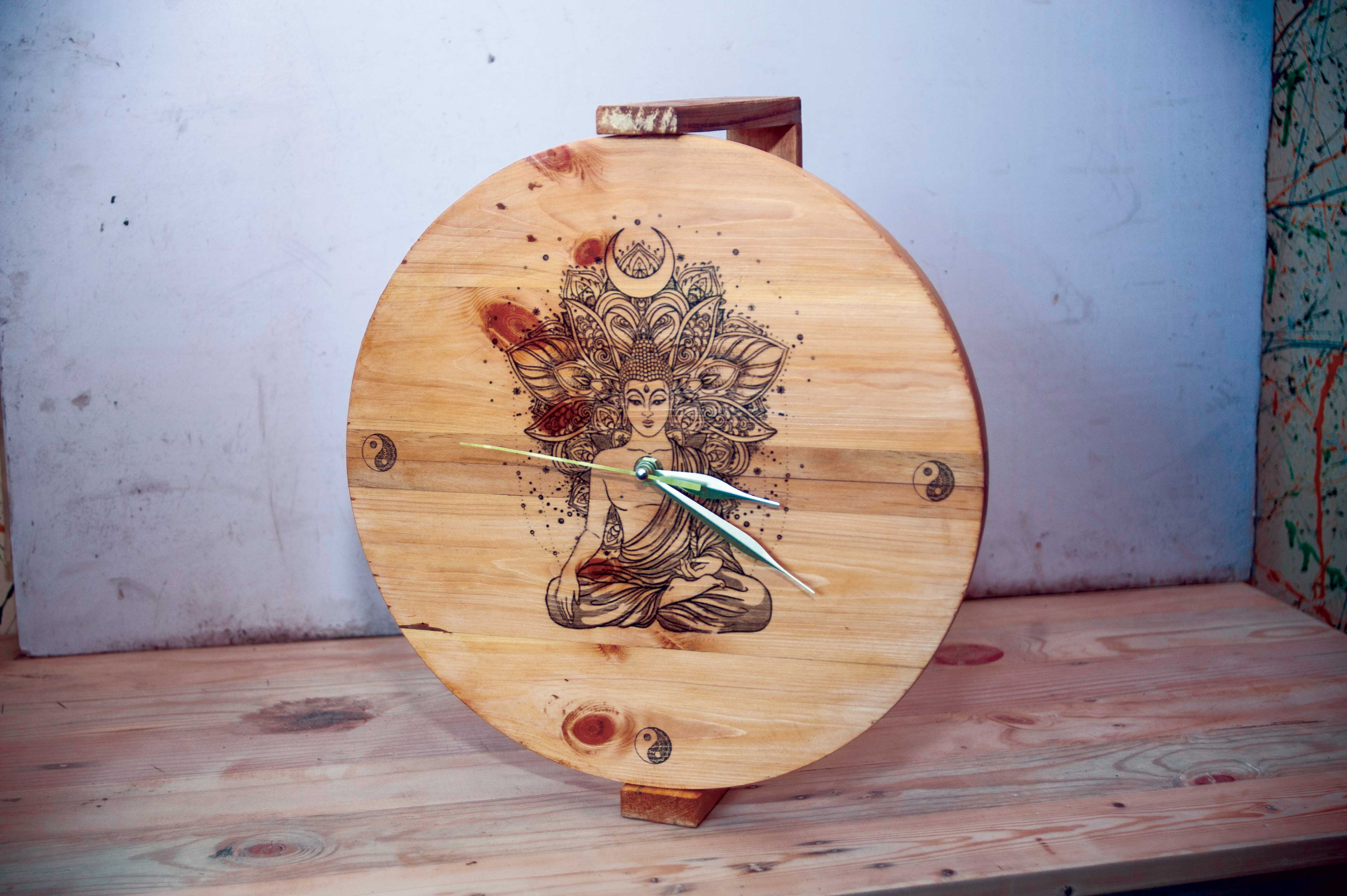This is a great read. To a Mountain in Tibet is Colin Thubron’s remarkable account of a pilgrimage trek through west Nepal and Tibet to Mount Kailas. The book has been hyped elsewhere as describing “a world rich in beauty and awe that exceeds our imagination” and “mythic and spiritual traditions foreign to our own.” That’s fine for some readers, but for many of us the sacred kora, the pilgrim circumambulation of Kailas, is more familiar. What’s new to us here is Thubron’s personal reactions to the arduous trek and to the actions and reactions, beliefs and behaviors, of the people he meets.
 Right off Thubron sets the scene: “The most sacred of the world’s mountains – holy to one fifth of the earth’s people – remains withdrawn on its plateau like a pious illusion...,” he writes. “Isolated beyond the parapet of the central Himalaya, it permeated early Hindu scriptures as the mystic Mount Meru, whose origins go back to the dawn of Aryan time. In this incarnation it rotates like a spindle at the axis of all creation...”
Right off Thubron sets the scene: “The most sacred of the world’s mountains – holy to one fifth of the earth’s people – remains withdrawn on its plateau like a pious illusion...,” he writes. “Isolated beyond the parapet of the central Himalaya, it permeated early Hindu scriptures as the mystic Mount Meru, whose origins go back to the dawn of Aryan time. In this incarnation it rotates like a spindle at the axis of all creation...”
At times his writing is splendid and superbly crafted. For example, he describes the Karnali river, which he treks alongside to reach Tibet, as “pristine and violent. Its waters seethe and plunge among half-submerged boulders, alternately baulked and released, flooding into furious eddies and slipstreams—a beautiful grey-green commotion in momentary drift, then battered to white foam again…”
All along the way he weaves in a great deal of physical description and popular history. At times he reflects personally on his mother’s recent death. And he ponders, often, the wonders of Hinduism, Buddhism, Bön and other ancient beliefs. While a good travelogue or memoir may attempt to capture one or another such aspect, Thubron has them all.
We wonder, however, about Thurbron’s expertise on Tibetan religions. No doubt he has read up on the subject, for to understand and write about them a travel writer must steep himself both in scholarly explanations and popular beliefs. Sometimes Thubron uses a technique common to novels, of moving back and forth in time and place, from the ‘now’ on trek, to reveal explanations given him by Buddhist friends back in Kathmandu, on the meaning of some event, theological point, or symbolism. But, beyond that Thubron cites no sources. Granted, footnoted citations can be obnoxious in popular writing, but it’s okay to provide a source list at the back of a book to reassure interested readers.
It’s also okay to ask a local expert to check a manuscript, before publication, for any unintended glitches. There are problems here. For example, Thubron describes Bhotia traders coming down from Tibet with Chinese trade goods carried on pack mules and buffalo. Buffalo! Really? More likely yak-cattle crossbreeds called Dzopa. Definitely not buffalo!
He also expresses concern that certain Buddhist lamas in the villages denigrate their religious precepts by falling to carnal desires and getting married. Doesn’t he know that for the local Nyingmapa lamas he meets, followers of Tibet’s oldest Buddhist sect, marriage is customary. It is Gelugpa monks (of the Dalai Lama’s sect) who do not marry.
What I object to most, however, is his choice of descriptive terms for some locals he meets. Are Bhotia men truly “ruffianly” and their wives “squaws?” Ruffian I can live with, defined on a continuum from tough guy (no doubt some are) to hooligan, thug or gangster (less likely). But, it’s unacceptable to call their spouses “squaws”—a notoriously offense term for a woman or wife.
These issues aside, I am otherwise impressed with Thubron’s book. It’s a finely tuned account, especially in passages like this near the end where weary pilgrims struggle to cross the highest pass. Thubron writes that “at the 18,600 foot zenith of the kora, in a moment of blinding transition, pilgrims might pass into purity at the axis of the world.” And there, both exhilarated and exhausted, they shout loudly in praise of the gods: “Lha-so-so-so! Lha-so-so!”
Chatto & Windus/Random House Group Ltd. (London, 2010) and HarperCollins (New York, 2011). 227pp., map, index (no illustrations). Ask your favorite Kathmandu bookstore to order it for you. (The list price for the hardcover edition is US$24.99, but it is available on the Internet for less, including ebook and audio versions.) Read more about the award-winning author at www.contemporarywriters.com/authors/?p=auth117. Thubron’s travel books cover the Mid-East, Russia and China. He also writes novels. Colin Thubron is a member of the Royal Society of Literature, and resides in London.











